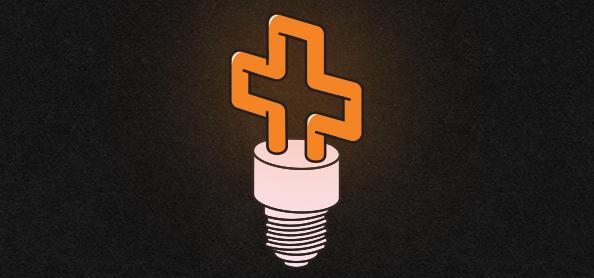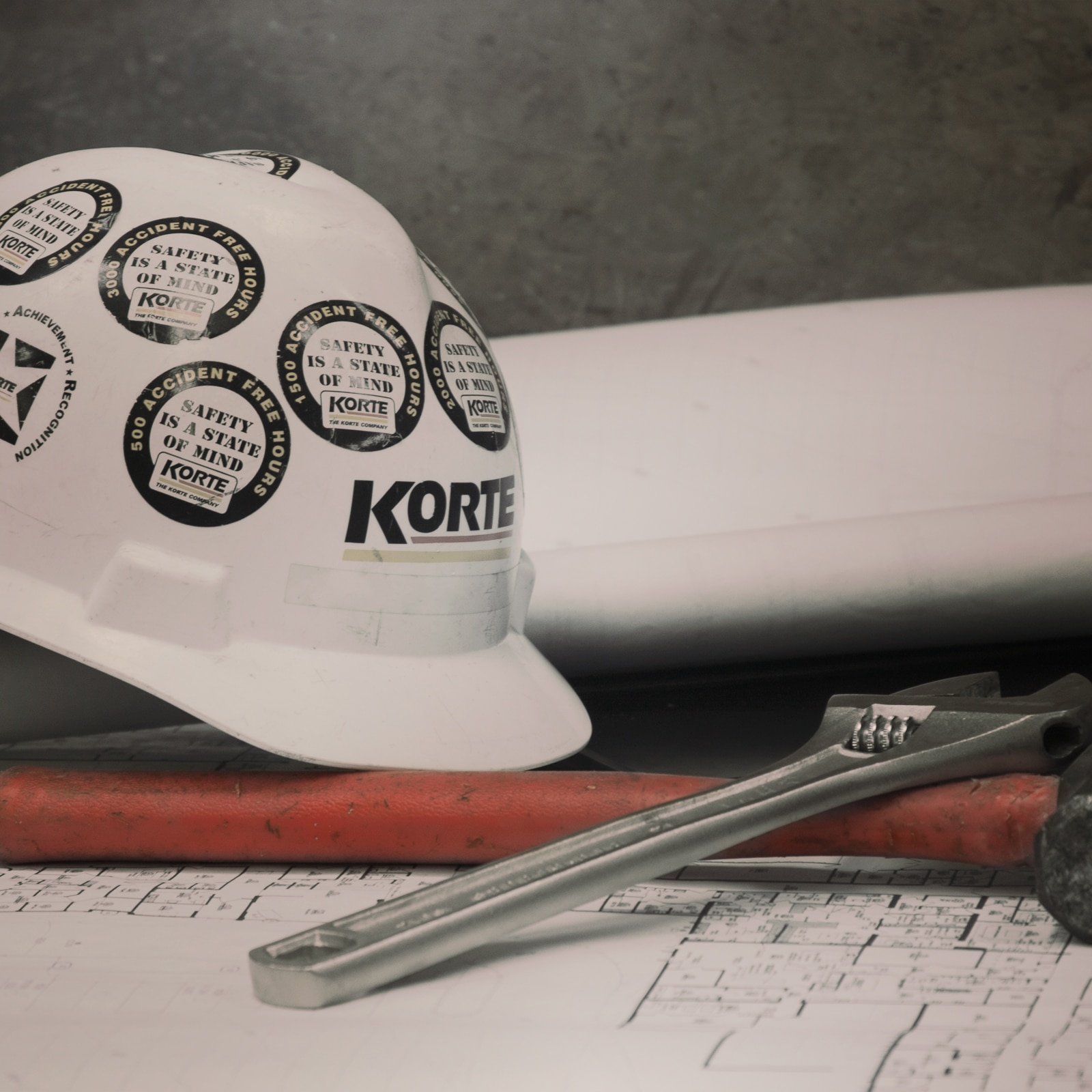
According to the EIA’s 2003 survey, hospitals can raise their profit margin by 16 percent with just a 10 percent reduction in energy costs. Since lighting can make up as much as 43 percent of a hospital’s energy costs, you’ll want to see how you can save some Watts.
As with all appliance and energy upgrades, when you’re implementing lighting system updates, you’ll have different options. Hospital lighting differs from most commercial lighting applications because hospitals serve a vast array of different functions and stakeholders. You have to meet the needs of doctors, nurses, surgeons, patients, administrators, families and others, and you’ll have many different lighting needs.
Making sense of lighting standards
Odds are your hospital has implemented many lighting standards for its many use cases. Let’s start by breaking down the terminology of energy efficient lighting.
The “T” in T5, T8 and T12 is simply a code used to identify the size (diameter) of the fluorescent bulb.
- The T5 is five eighths of an inch, or about the size of a $.10 dime
- The T8 bulb is one inch in diameter at the size of a $.05 nickel
- The T12 is twelve eighths (1.5 inches) in diameter
LED stands for light emitting diode and is a different lighting technology than fluorescent bulbs.
T12s are outdated
As of 2013, manufacturers discontinued production of T12s. In the 1990s and early 2000s, lighting companies introduced T12s as the energy-efficient standard, but they have become obsolete. With the other options available today, leaving T12s in place is like throwing away money.
While you can still buy them in some places, we would never recommend putting in new T12s. If your T12s burn out, you’re much better off replacing them with T5s or T8s than with T12s. T8s will cost roughly 20 percent more than T12s while T5s will cost two or three times more than T12s cost. But the long-term energy savings from T5s and T8s will more than offset the cost of upgrading your bulbs, and you may even be able to apply tax credits to offset your initial investment cost.
T5s and T8s
T8s are far more efficient than T12 bulbs but less efficient T5s. If you’re replacing T12s, you’ll always want to go with the more efficient option in T5s, since they’ll save money over the long-term. But if you replaced T12s with T8s several years ago, you may be better off keeping your T8s and skipping out on the T5s for now. It depends on the lighting needs of specific areas in your hospital.
For standard 4-foot fluorescent lamps, T5s are more expensive than T8s. The T5s (depending on the wattage) range from $5.50 – $12.00 for a bulb, while the T8s range from $3.00 – $5.00.
T5s cost more than T8s, but they put out more lumens (or light) per watt of energy. So, you can save watts and money in the long run with T5s. But, if you only need a relatively low amount of light, e.g., normal lighting in an area under 12 ft., you’re fine with low-watt T8s if you already have them. If you need an area to be particularly bright — say an operating room or an open space with a ceiling above 12 feet — you’ll want to switch out high wattage T8s for lower watt T5s.
LED lamps
LED lamps are finding increased use in a number of lighting applications. They are efficient, but the drawback with LED lighting is the amount of heat they waste. In 2009, the Institute of Electrical Engineers (IEEE) conducted a study and found that LED fixtures lost high amounts of their energy as heat instead of as light. This problem slows down all types of lamps, but LEDs give off far more heat than T5 or T8 lamps do. LEDs show promise and may well be the way of the future as innovators limit heat losses, but for now, they’re comparable to T5s and T8s in energy efficiency.
Changing ballasts
When you put in LEDs, you’ll need to do a little bit of rewiring, but you will not need to replace ballasts, since you will simply not be using them. LEDs lamps are simply an array of small LED bulbs, while fluorescent bulbs screw into ballasts (or light fixtures). When you retrofit T12 lamps with T5s or T8s, you do need new ballasts, so that’s an up-front cost you have to figure into upgrades. Switching from T8s to T5s also requires new ballasts.
More information on lighting
You can expect all lamps to have similar life expectancy, though the LEDs may burn out more quickly due to heat. Most lamps will burn for 36,000 hours. If you expect to follow the average use case (not a given because you’re scouring lighting options for a hospital setting), you’ll have about 12 hours of burn time per day, coming to a lifespan of about 3,000 days or a little more than eight years. If you’re burning lamps for 24 hours per day (not uncommon in hospitals), you can cut that figure in half.
Lighting your hospital
Think about your specific needs. If you have a wide variety of hospital areas that have a wide variety of purposes, you’ll need a multitude of lighting solutions and a detailed lighting plan. Even if you’re only looking to upgrade one particular area of your hospital, you may still want professional advice on the best lighting option.
Get up to speed on energy efficiency
Want to learn more about build-smart hospital lighting? The Korte Company special services division provides free assessments for a wide range of building projects. Our team has delivered LEED certified work for hospitals throughout the country. Fill out the form below to learn more about our hospital lighting solutions.
